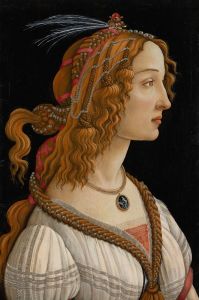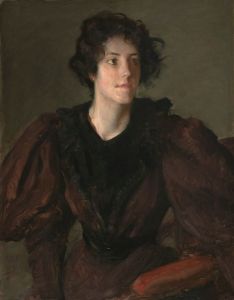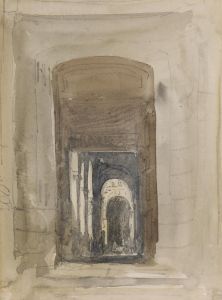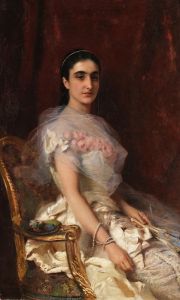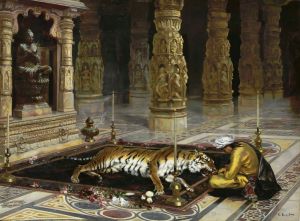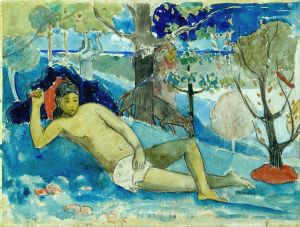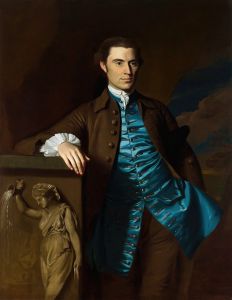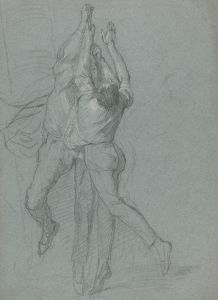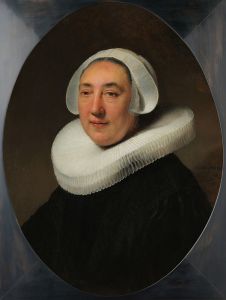
Portrait Of A Lady
A hand-painted replica of John Singleton Copley’s masterpiece Portrait Of A Lady, meticulously crafted by professional artists to capture the true essence of the original. Each piece is created with museum-quality canvas and rare mineral pigments, carefully painted by experienced artists with delicate brushstrokes and rich, layered colors to perfectly recreate the texture of the original artwork. Unlike machine-printed reproductions, this hand-painted version brings the painting to life, infused with the artist’s emotions and skill in every stroke. Whether for personal collection or home decoration, it instantly elevates the artistic atmosphere of any space.
John Singleton Copley, an American painter renowned for his portrait work in the 18th century, created "Portrait of a Lady" during a time when he was establishing himself as one of the leading portraitists in colonial America. Copley was born in Boston in 1738 and demonstrated an early aptitude for art, eventually becoming known for his ability to capture the likeness and character of his subjects with remarkable detail and realism.
"Portrait of a Lady" exemplifies Copley's skill in rendering textures and fabrics, as well as his attention to the subtleties of facial expression. While the exact date of this particular painting is not definitively recorded, it is consistent with his style during the 1760s and 1770s, a period when Copley was actively working in Boston before moving to England in 1774. This era in Copley's career is marked by his focus on the affluent and influential figures of colonial society, often capturing them in elegant attire and settings that reflect their social status.
The identity of the lady in this portrait is not specified in the available records, which is not uncommon for many of Copley's works where the subjects were private individuals or the documentation has been lost over time. However, Copley's portraits typically featured members of the colonial elite, suggesting that the lady was likely someone of social prominence or wealth.
Copley's technique in "Portrait of a Lady" would have involved the use of oil paints on canvas, a medium that allowed him to achieve the rich colors and fine details evident in his work. His approach often included a focus on the play of light and shadow, which added depth and dimension to his subjects. The clothing and accessories depicted in the portrait would have been carefully chosen to reflect the fashion of the time, as well as to convey the sitter's personal taste and status.
Copley's work, including "Portrait of a Lady," is characterized by its clarity and precision, attributes that helped him gain a reputation as one of the foremost portraitists of his time. His ability to capture the essence of his subjects made his portraits highly sought after by the colonial elite, and his works remain significant in the study of American art history.
After relocating to England, Copley continued to develop his style and broaden his subject matter, eventually gaining recognition in the European art scene. His legacy is preserved in numerous collections, with his portraits providing valuable insights into the people and culture of 18th-century America.
"Portrait of a Lady" stands as a testament to Copley's artistic skill and his contribution to the development of portraiture in America. While specific details about the painting and its subject may be limited, the work itself continues to be appreciated for its technical excellence and historical significance.





